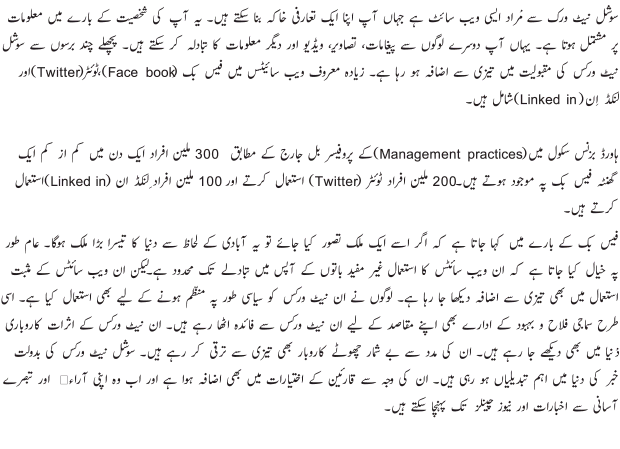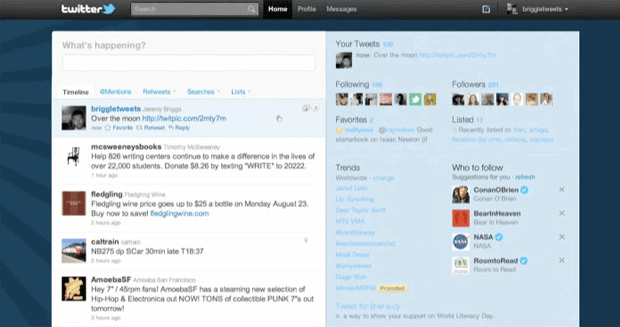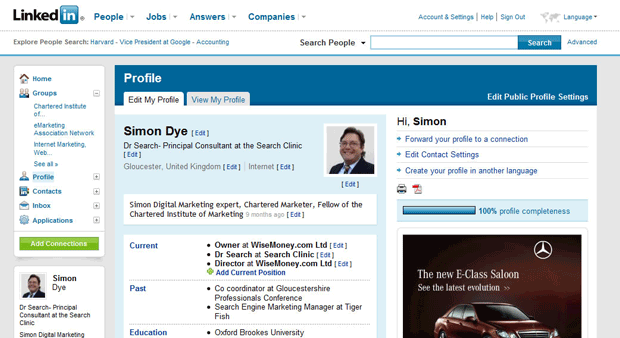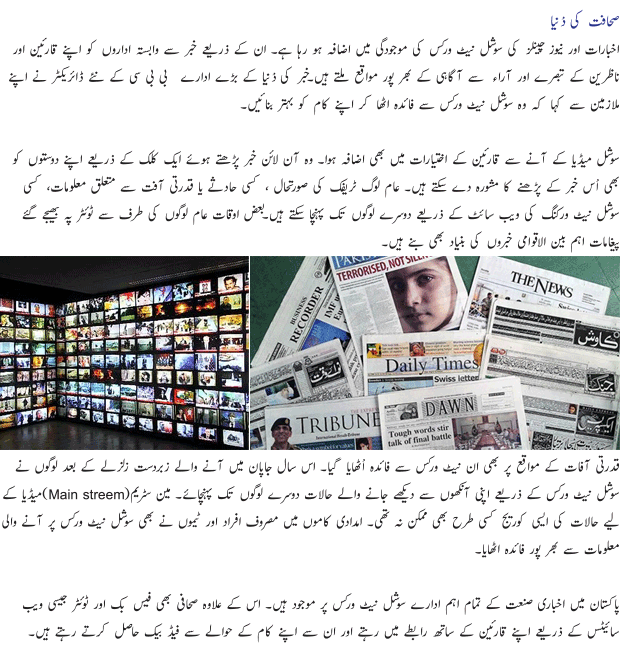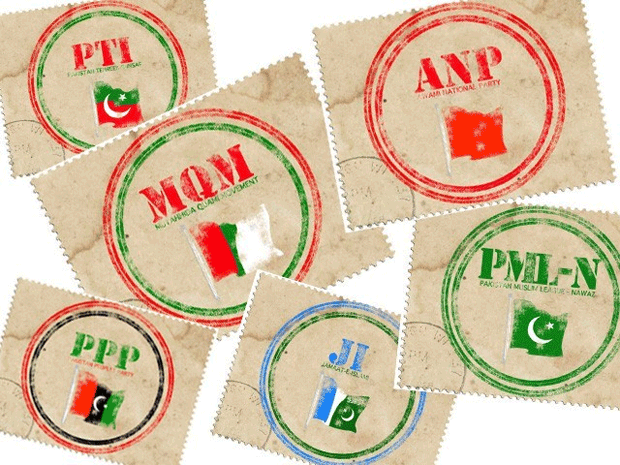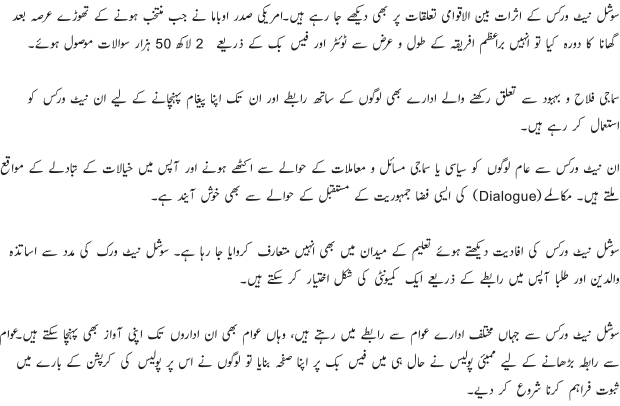
Monday 31 December 2012
Smartphones: During 2012 and Beyond!
 As the year is about to end, we will take a look back at those
moments which defined the smartphone industry and made the most impact
in 2012.
As the year is about to end, we will take a look back at those
moments which defined the smartphone industry and made the most impact
in 2012. To start with, let’s have a look at the timeline of smartphones’ announcements in year 2012 (we will cover the most amazing and popular ones only):
Timeline:
- January
- Sony Xperia S
- February
- HTC One S, X & V,
- Nokia Lumia 900 & 808 Pureview,
- Sony Xperia P and U
- LG Optimus 4X HD
- May
- Samsung Galaxy S III & Ace Duos
- Motorola DROID RAZR MAXX
- July
- Samsung Galaxy Beam
- August
- September
- October
- Google Nexus 4
- Asus Padfone 2
- November
- December
Year in Review:
The year started with a blast as Sony made their own entry in the smartphone business after they ended their long-run deal with Ericsson by giving us the Sony Xperia S. Not only did the phone had a design which was in a class of its own, but it also had a 720p display and a 12 mp camera which, placing the smartphone in a class above its competitors namely the HTC Sensation and Samsung Galaxy S 2.February saw the announcements of several great phones. HTC announced its reply to the future and current Samsung flagships with the One X (which had a quad-core GPU) and One S along with a midrange One V smartphone.
Nokia showed the world the best camera-phone ever with the Nokia 808 Pureview, which had a whopping 41 mp camera. It also announced the Lumia 900, its next flagship. But the phone became Microsoft and Nokia’s stepchild soon after its release when WP8 (Windows Phone 8) was announced – which took away all the shine from the device – as the phone was incompatible and un-upgradable with WP8.
Sony also showcased the great and affordable midrange phones, the Xperia P and U.
LG announced its ‘next big thing’ with the Optimus 4X HD, which had a quad-core GPU.
In May we saw the announcement of perhaps the most-awaited phones of the year with the Samsung Galaxy S III. The phone’s beefy hardware and smooth software plus several tips and tricks made it not only one of the most admired but also among the most functional phones of the year.
We also saw the announcement of Galaxy Ace Duos, which started a series of dual-SIM androids from Samsung.
Battery life is an important issue in smartphones and Motorola became one of the first smartphone manufacturers to address this with its RAZR MAXX which features a 3300mAh battery.
Galaxy Beam, the projector phone was announced in July. While it wasn’t very popular mainly due to its chubby design and somewhat limited functionality, it still was a novel idea and overall a good effort.
August saw the announcement of the first Windows 8 smartphone, the ATIV S from Samsung (and not Nokia!) which was a bit of a surprise. Still the phone featured a large screen with plenty of features. August later saw the LG Optimus G which was LG’s reply to the Samsung Galaxy S III, HTC One X and other high tech smartphones and had a fantastic display, software and hardware.
The very next month, September became the ‘biggest month of the year’ in the smartphone world as we saw the announcement of the most-awaited smartphone the iPhone 5.
iPhone 5 came with a taller screen, better camera and notable design changes including the choice of new materials.
Nokia announced its first batch of WP8 smartphones. The flaghip Lumia 920 featured Pureview camera technology, amazing display plus some clever tricks.
We also saw an update to the most popular ‘Phablet’ in Samsung Galaxy Note II which now had an even bigger display, more capable (and accurate) S Pen plus a powerful hardware along with Android 4.1 Jelly Bean.
In October we saw another awaited smartphone, the Google Nexus 4, this time made by LG. I’ll even call this phone the biggest thing to happen to the Nexus line since the original Nexus One made by HTC in 2009. The phone had a 4.7 inch display, Android 4.2 Jelly Bean, Quadcore 1.5 Ghz GPU and 2Gb RAM.
Asus meanwhile announced Padfone 2. The idea of having a phone which could sit inside a tablet too isn’t on the rise but this thing can really open new possibilities. An amazing idea indeed.
November saw the release of HTC’s first batch of Windows Phones, the Windows Phone 8X and 8S. The flagship 8X smartphone had a wonderful display and got combination of elite hardware and software. And then we saw the announcement of the mini version of the Samsung flagship in the Samsung Galaxy S III Mini. The phone was only similar in design to the flagship and Samsung didn’t only trimmed the price a lot, but also its features making an altogether different, overpriced phone. I’ll even call this thing my personal disappointment of the year.
Samsung ended the year in grand style by announcing the Galaxy Grand which had a 5 inch display and respectable specs. We are, however, more excited about the dual-sim variant of the phone because almost no such devices available in the market have dual-sim capabilities. The phone will come out next year.
Hot Trends in Smartphone
The top three trends in the smartphone world this year were:
- Bigger, higher resolution displays
- More beefy hardware namely quadcore GPUs
- Wireless charging, NFC and better cameras
Apple VS Samsung- the battle continues
The patent wars between the smartphone giants continued throughout the year. Several interesting things happened in between though, such as when inner documents revealed that even Google warned Samsung that its products looked like Apple’s a lot or when a judge in a US hearing said that the Apple lawyer was apparently smoking crack.
We also saw a point where Samsung was fined over a billion dollars to Apple when it lost a suit against it this summer but the story didn’t end there. In one hearing, the Apple lawyer even flashed a Sony Ericsson Xperia Arc and Nokia Lumia 900 saying not every successful phone had to look like an iPhone. But the one thing they both had in common was that they both continued to churn out good phones in 2012.
Trends for next year and what to expect
Judging by the current situation, the trends for this year might continue throughout the next year too. We’ve already heard about the Galaxy S IV having a full HD, bigger screen plus some future phones having Xeon core processors.
In 2010 we had single-core processors. In 2011, the idea of dual-core processors was popularized and in 2012 came the dawn of quad-core GPUs so will this show continue in the same tune and we’ll see xeon-core processors in 2013? The same can be said about the displays and cameras as well. Connectivity will also be a thing to watch out for next year.
Competition also became more intense this year and should stiffen up even more in 2013. New-comers like ZTE and Huawei ushered like a breath of fresh air into the picture and released competitive devices.
Due to the pressure from the competition, the manufacturers churned out even more powerful phones. Microsoft’s Windows Phone will be the one to watch out for in 2013 too. If Microsoft manages to convince app developers (and I am talking about major app makers) into making apps for its OS, then this will be a huge victory for them.
2012 was among those years in which the smartphone industry saw the most innovations although I still think 2010-11 were the best ones yet.
Technology took several leap forwards and I hope in the coming years, we’ll see more of such stuff because these are the things which keep customers engaged and coming back for more. So long 2012. This will be a year to remember.
PTCL Announces Economy Broadband Package (for Pakisan)
 PTCL today announced that it is offering economy broadband package to
its customers, with 1Mbps speeds but a monthly limit of 10 GB for
download/upload at a monthly charge of Rs. 499.
PTCL today announced that it is offering economy broadband package to
its customers, with 1Mbps speeds but a monthly limit of 10 GB for
download/upload at a monthly charge of Rs. 499.
This package, that can be suitable for those with limited internet activity, will allow customers to use extra bandwidth (after exceeding their quota) at Rs. 100 per additional GB.
Having said this, PTCL’s Economy Broadband Package comes with Freedom Package only, that will cost you Rs. 250 extra – but will allow you unlimited free calls, nation wide.
Here are complete monthly charges that customers will have to pay:
- Landline Monthly Rental: Rs. 199
- Economy Broadband Package: Rs. 499
- Freedom Package Chagres: Rs. 250
- Total: Rs. 848
- Download up to 10 GBs is inclusive in the Package Price
- Rs. 100 per GB will be charged for downloads greater than 10 GBs
- Total DSL charges will be capped at Rs. 1,500 which means that after 20 GBs the Package will become unlimited.
- Rs. 1,500 will be charged as downgrade charges from other (Student & Regular) packages if they Opt into this package
- All other charges will be charged as per prevailing policy.
- This Package will be available with PSTN Freedom Package (Rs. 250) for new customers and existing customers can also avail Freedom Package with Broadband Economy Package.
Saturday 29 December 2012
Health Benefits of Fenugreek
|
|
Fenugreek (also known as Greek Hay and Fenigreek), is
an herb that is commonly found growing in the Mediterranean region of
the world. While the seeds and leaves are primarily used as a culinary
spice, it is also used to treat a variety of health problems in Egypt,
Greece, Italy, and South Asia.
Fenugreek seeds have been found to contain protein, vitamin C, niacin, potassium, and diosgenin (which is a compound that has properties similar to estrogen). Other active constituents in fenugreek are alkaloids, lysine and L-tryptophan, as well as steroidal saponins (diosgenin, yamogenin, tigogenin, and neotigogenin). What are the Benefits of Fenugreek? |
 |
|
Due to its estrogen-like properties, fenugreek has been found to help increase libido and lessen the effect of hot flashes and mood fluctuations that are common symptoms of menopause and PMS. In India and China it has also been used to treat arthritis, asthma, bronchitis, improve digestion, maintain a healthy metabolism, increase libido and male potency, cure skin problems (wounds, rashes and boils), treat sore throat, and cure acid reflux. Fenugreek also has a long history of use for the treatment of reproductive disorders, to induce labor, to treat hormonal disorders, to help with breast enlargement, and to reduce menstrual pain. Recent studies have shown that Fenugreek helps lower blood glucose and cholestrol levels, and may be an effective treatment for both type 1 and 2 diabetes. It is also being studied for its cardiovascular benefits. Uses of Fenugreek Home Remedy for Balancing Cholesterol Studies have found people who took 2 ounces (56g) of fenugreek seed each day had significantly (around 14 percent) lower cholesterol levels after 24 weeks, and had lowered their risk of heart attack by more than 25 percent. Therefore, a recommended remedy for lowering cholesterol is to take 2 ounces of seeds throughout the day. The seeds can be sprinkled onto prepared food, or they can be consumed with water if they are in capsule form. Treating Diabetes and Lowering Blood Sugar Levels Studies have shown that participants with type 2 diabetes had significantly lower blood sugar levels after eating fenugreek. Therefore, a recommended home remedy for treating Type 2 diabetes is to consume 500mg of fenugreek twice daily. Herbal Cure for Skin Inflammation Research has shown that Fenugreek is an effective topical treatment for skin problems such as abscesses, boils, burns, eczema, and gout. Therefore, a simple skin inflammation remedy is the following: |
 |
|
Take a spoonful of fenugreek and grind it into a powder.
Mix the ground powder with warm water. Take a simple piece of clean cloth and soak it into the mixture. Apply the soaked cloth directly onto the affected skin as a poultice. Natural Cure for Heartburn and Acid Reflux Fenugreek seeds contain a lot of mucilage, which helps sooth gastrointestinal inflammation by coating the lining of the stomach and intestine. Therefore, for an effective remedy against heartburn or Acid Reflux, simply sprinkle 1 teaspoon of fenugreek seeds onto your food. Another option is to take one teaspoon of seeds and swallow them with water or juice before any meal. Home Remedy for Fever The Fenugreek herb has been known to help reduce fever when taken with lemon and honey, since it nourishes the body during an illness. Therefore, to treat a fever, simply consume one to two teaspoons of Fenugreek seeds three times a day along with an herbal tea (such as green tea) with a teaspoon of honey and lemon juice. Some health food stores also sell herbal Fenugreek teas, which can be used instead of the green tea. |
 |
|
What are the Side Effects of Fenugreek? While Fenugreek is generally considered to be safe when used moderately, there have been reports of a few minor side-effects. Nausea is one common side effect, while other people have reported gastrointestinal discomfort (diarrhea and/or gas). Also, when using this herb topically on the skin, it is important to watch out for skin irritations and rashes. Fenugreek use during pregnancy is not recommended, since it has the potential to induce labor. If you are pregnant and wish to take it, you should do so only after consultation with your doctor. If you are currently taking any oral medications, you should always use this herb at least 2 hours before or after these drugs. This is important since Fenugreek fiber has the potential to interfere with the absorption of oral medications due to its mucilaginous fiber (which gives it a moist and sticky texture). |
Subscribe to:
Posts (Atom)











